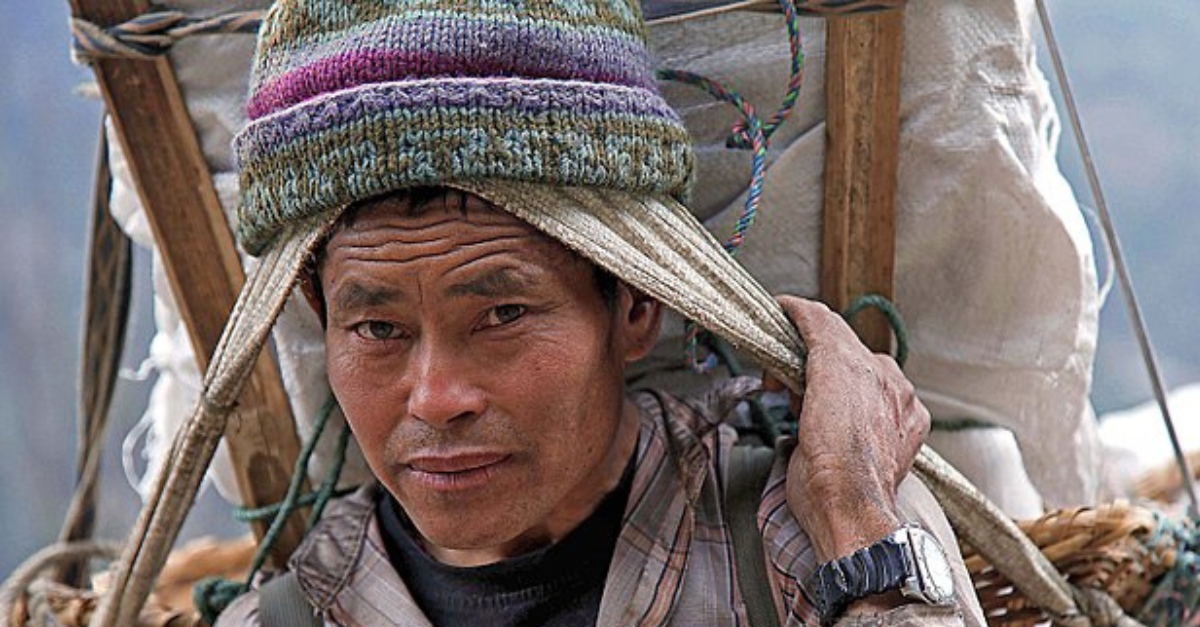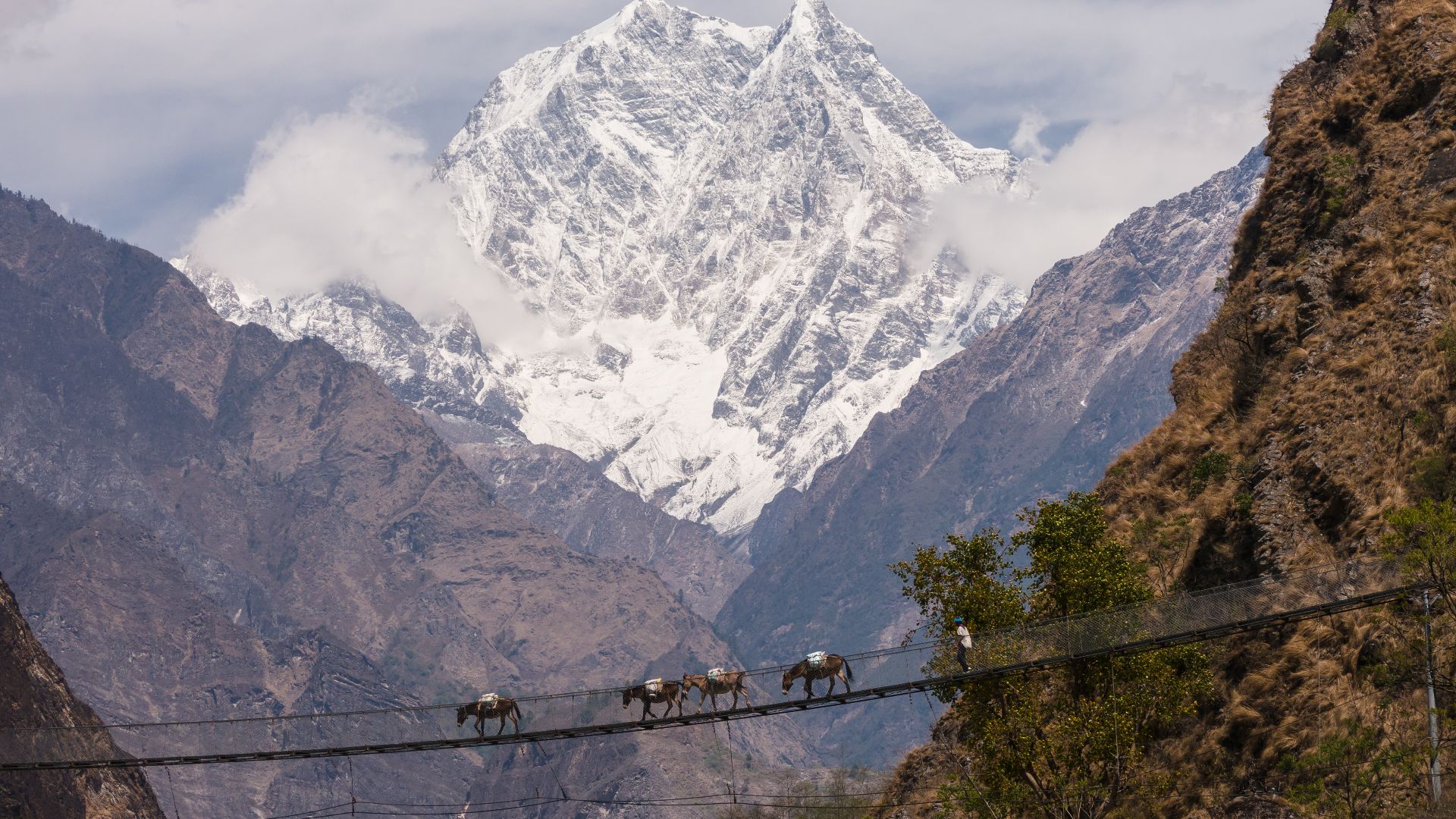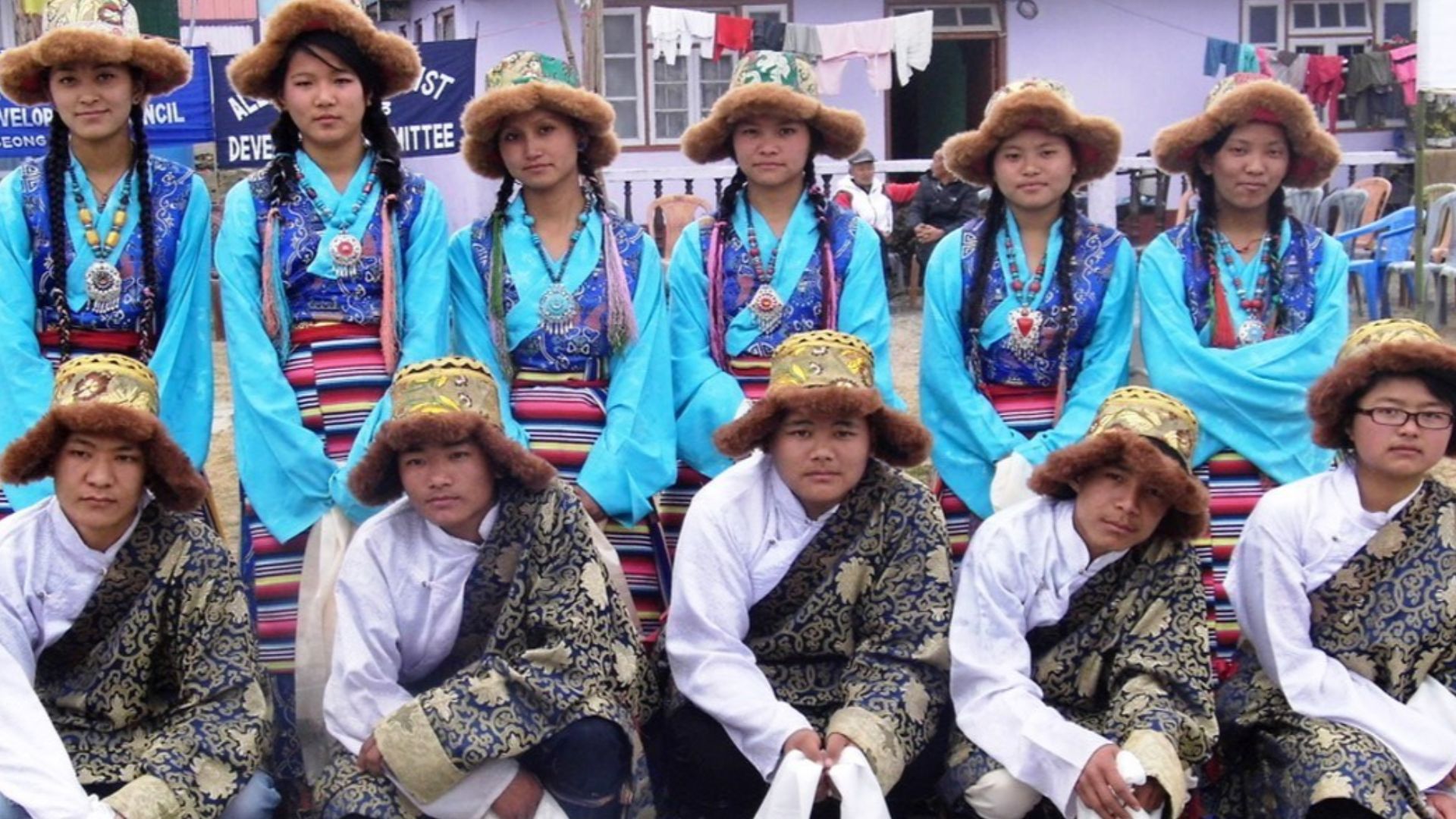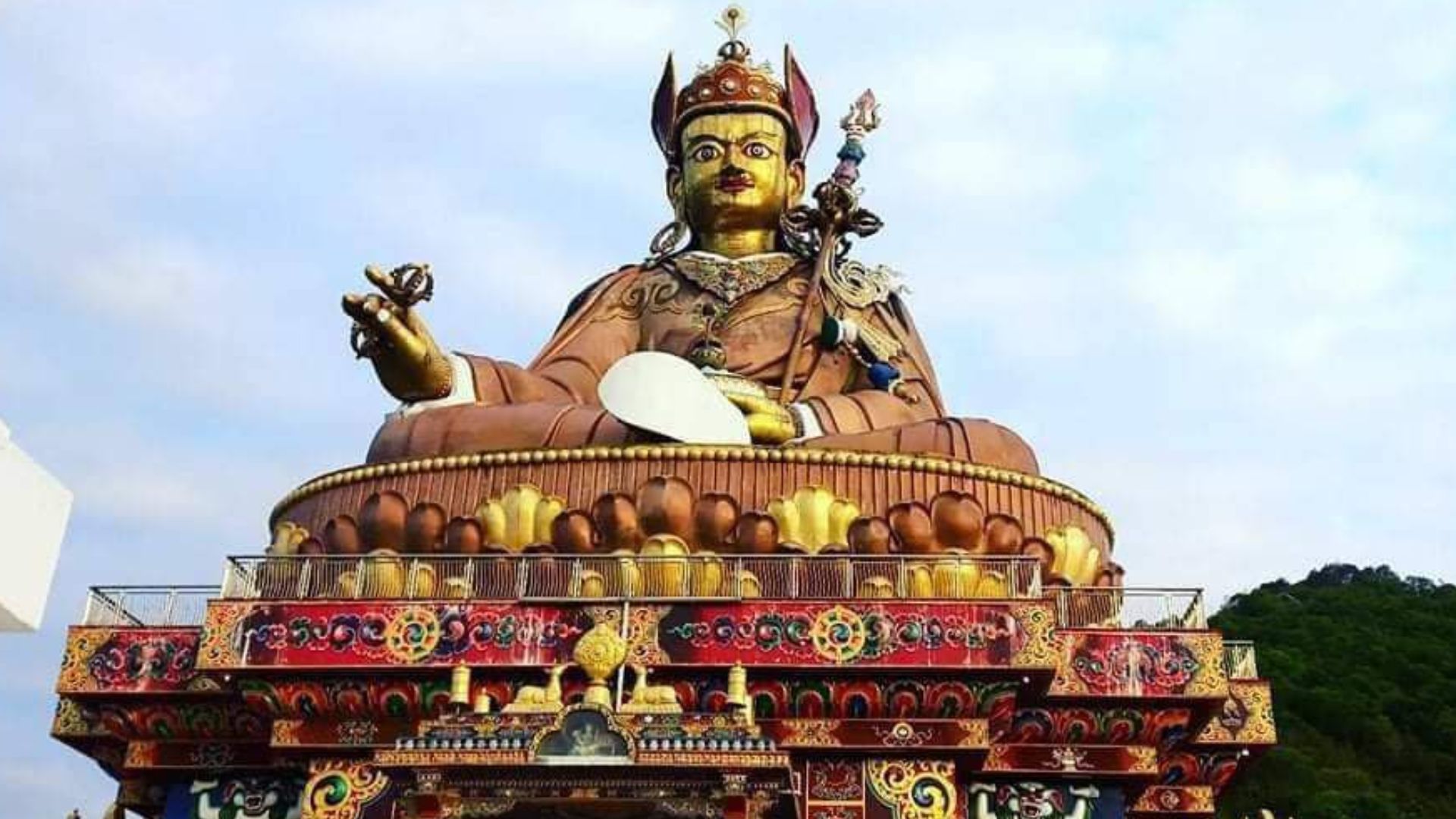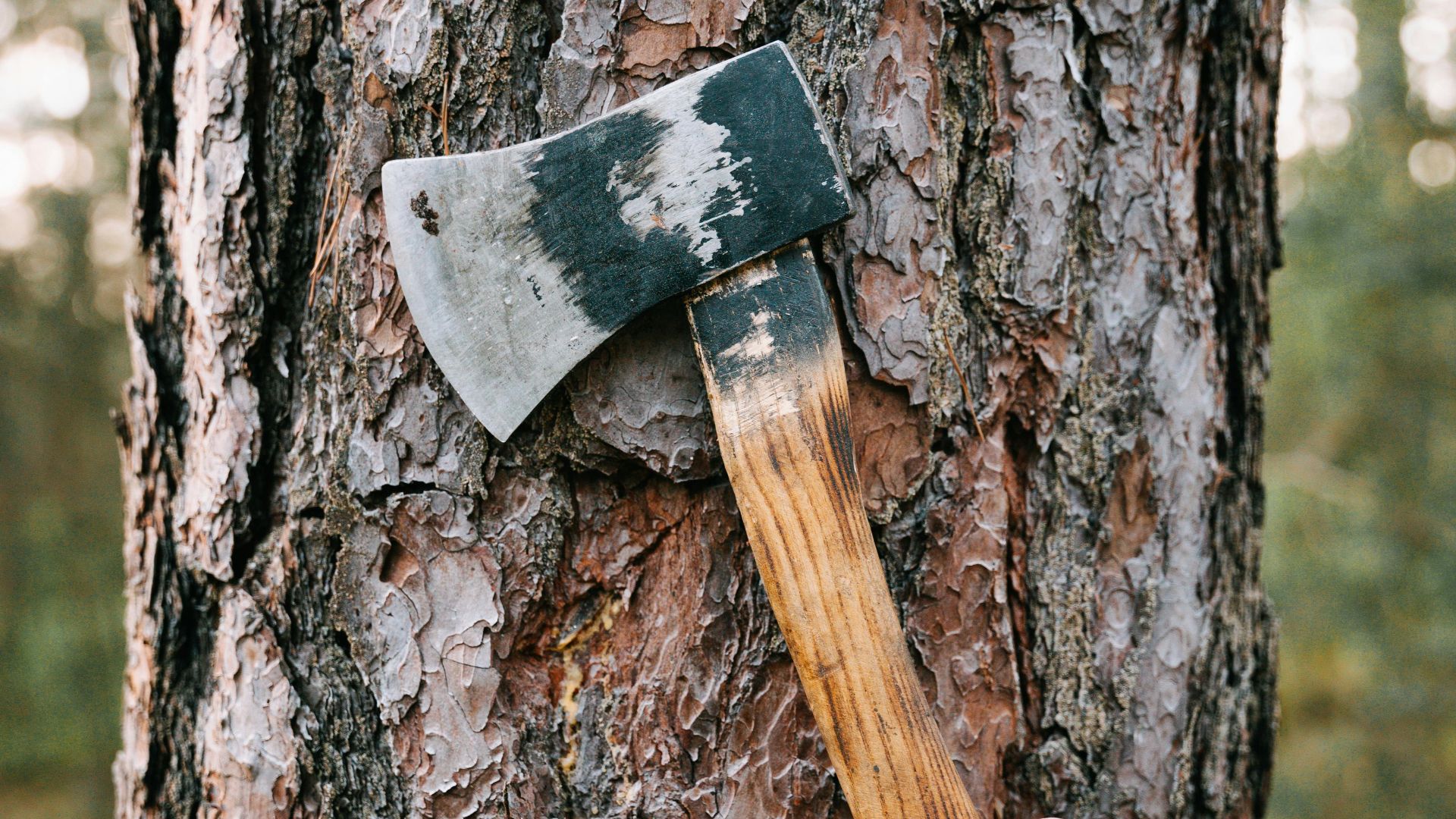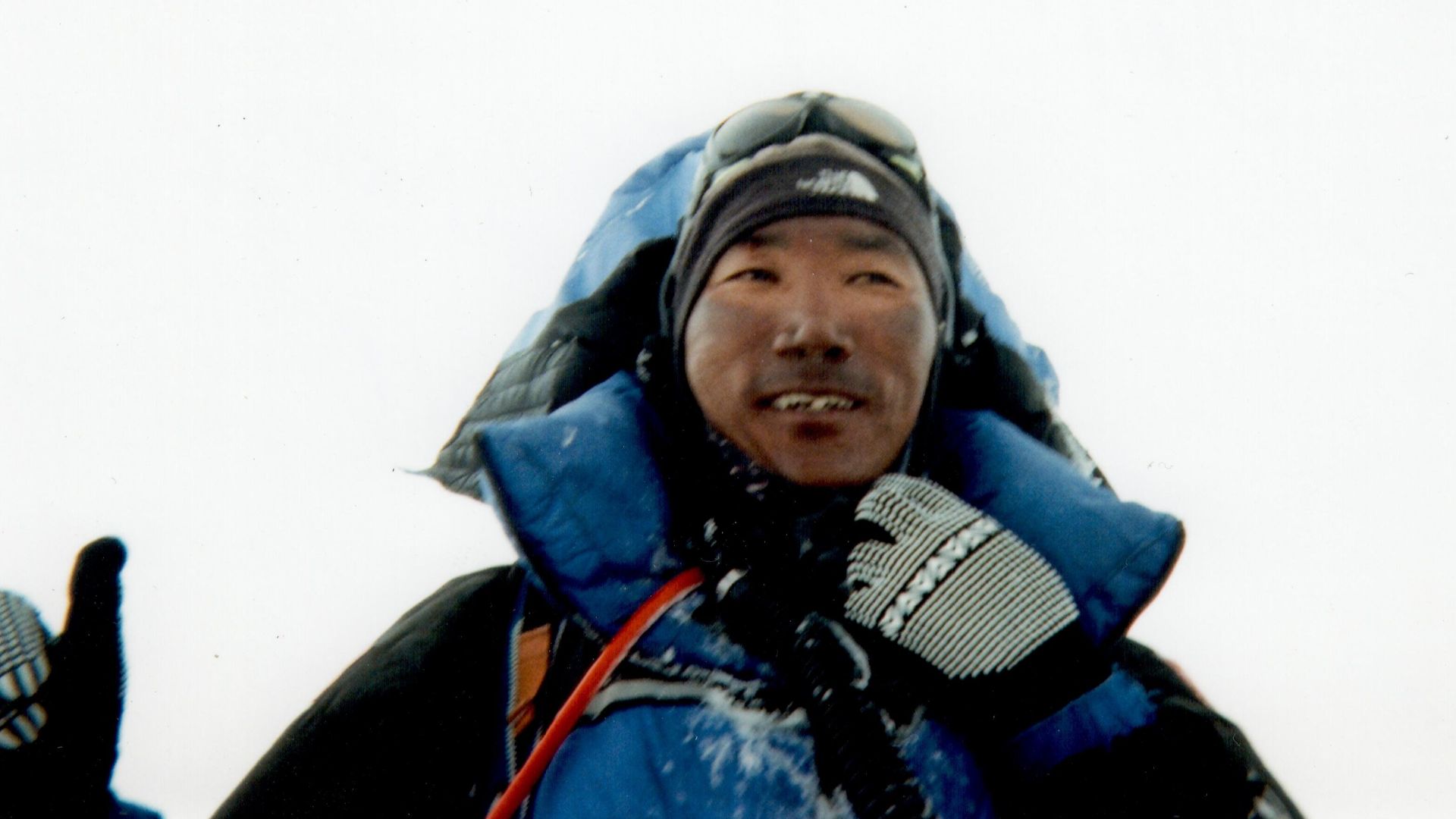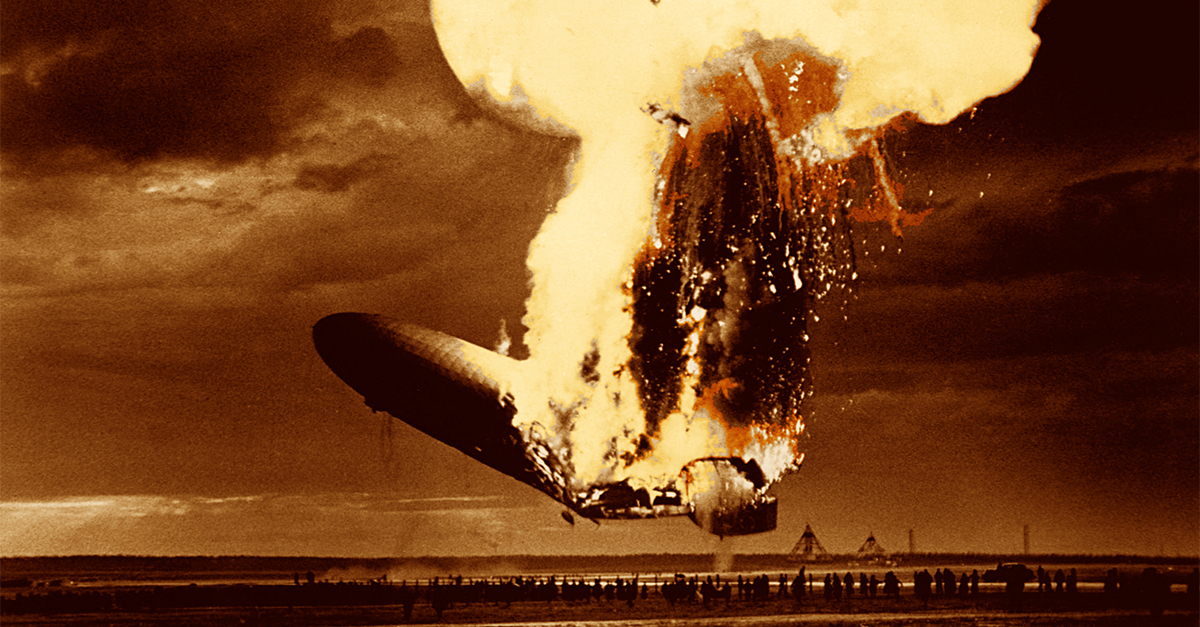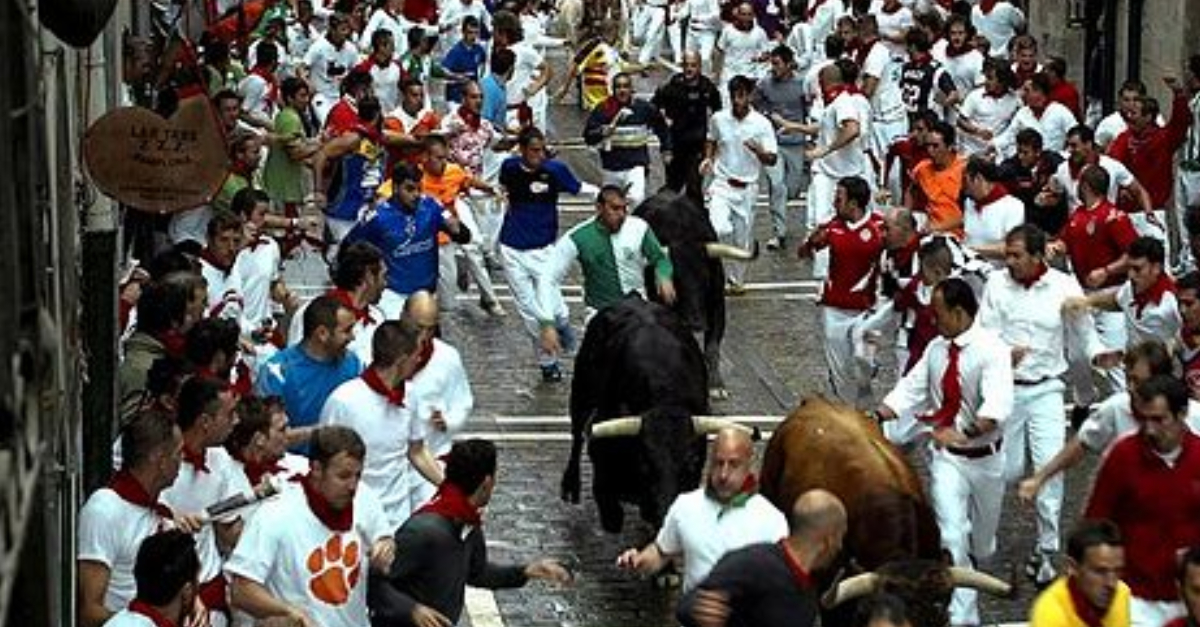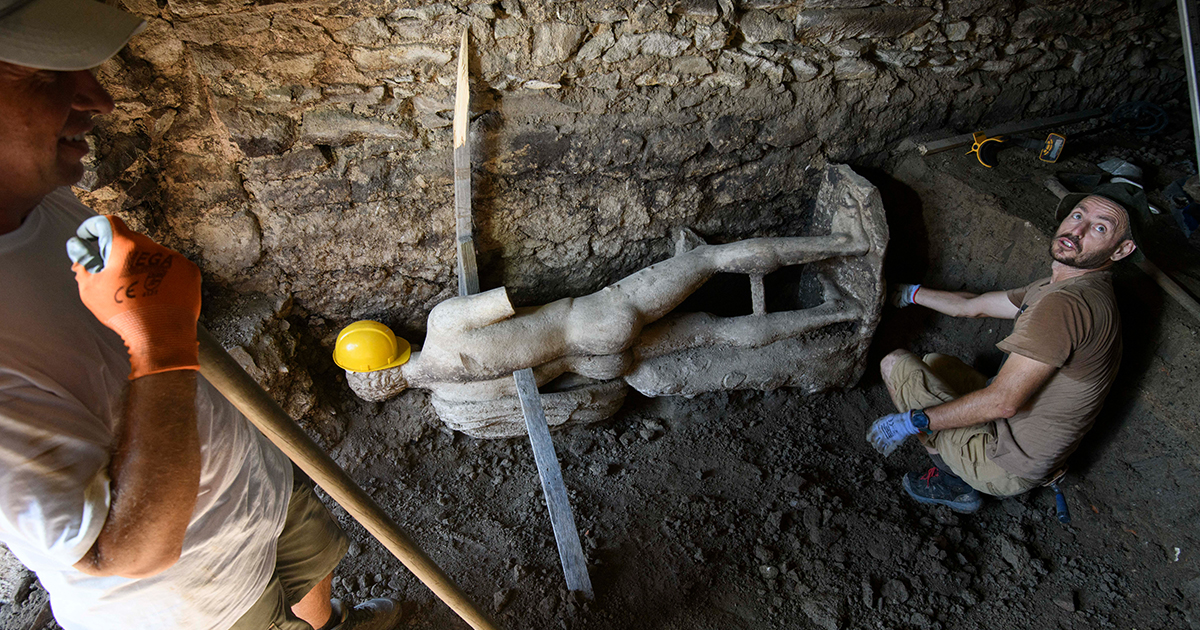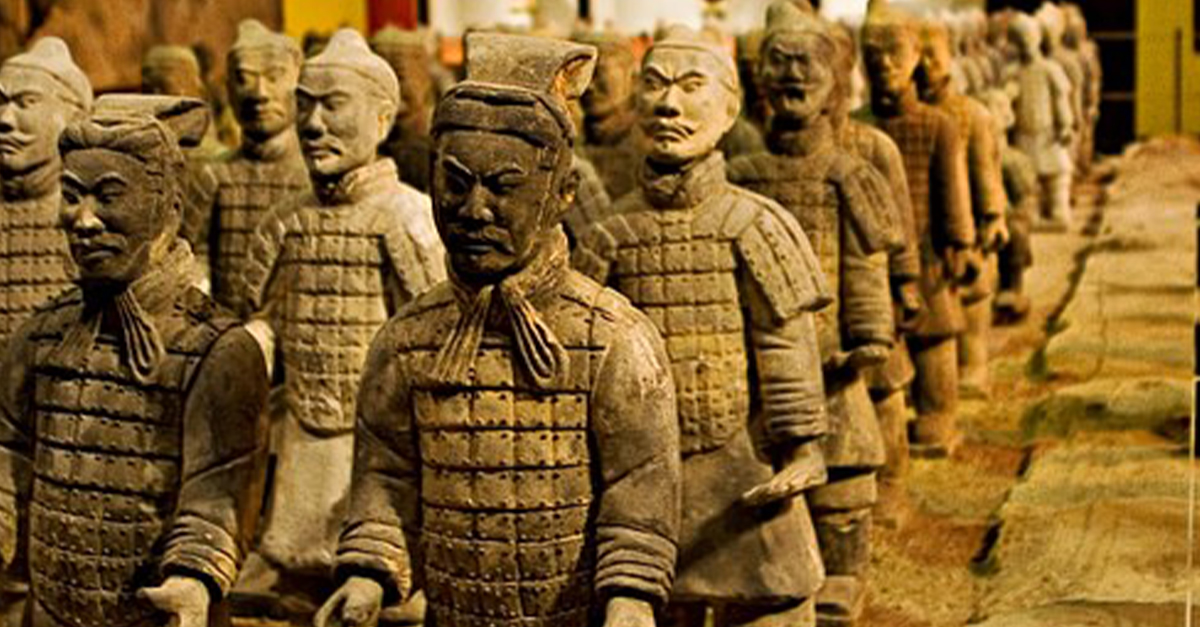Head In The Clouds
The Sherpa people have made a home where most people couldn’t imagine living, high in the Himalayas. Journey through their life of strength, spirituality, and survival through this collection of photos.
The Roof Of The World Is Home
For the Sherpa people, elevations of 15,000 feet aren’t extreme—they’re simply home. Life in the Himalayas means enduring fierce blizzards, icy paths, and staggering cold.
Not Just Nepal
The majority of Sherpa people live in eastern Nepal. However, there are several other communities across the globe, in places such as India, Tibet, and Bhutan. Some have even crossed over to the Eastern hemisphere, creating communities in places like New York.
 Dietmar Rabich, Wikimedia Commons
Dietmar Rabich, Wikimedia Commons
Ancient Paths From Eastern Tibet
The Sherpa trace their origins to the Kham region of eastern Tibet. Centuries ago, they migrated through snowy passes to settle in Nepal’s high-altitude valleys. These ancient movements are still remembered in Sherpa oral history.
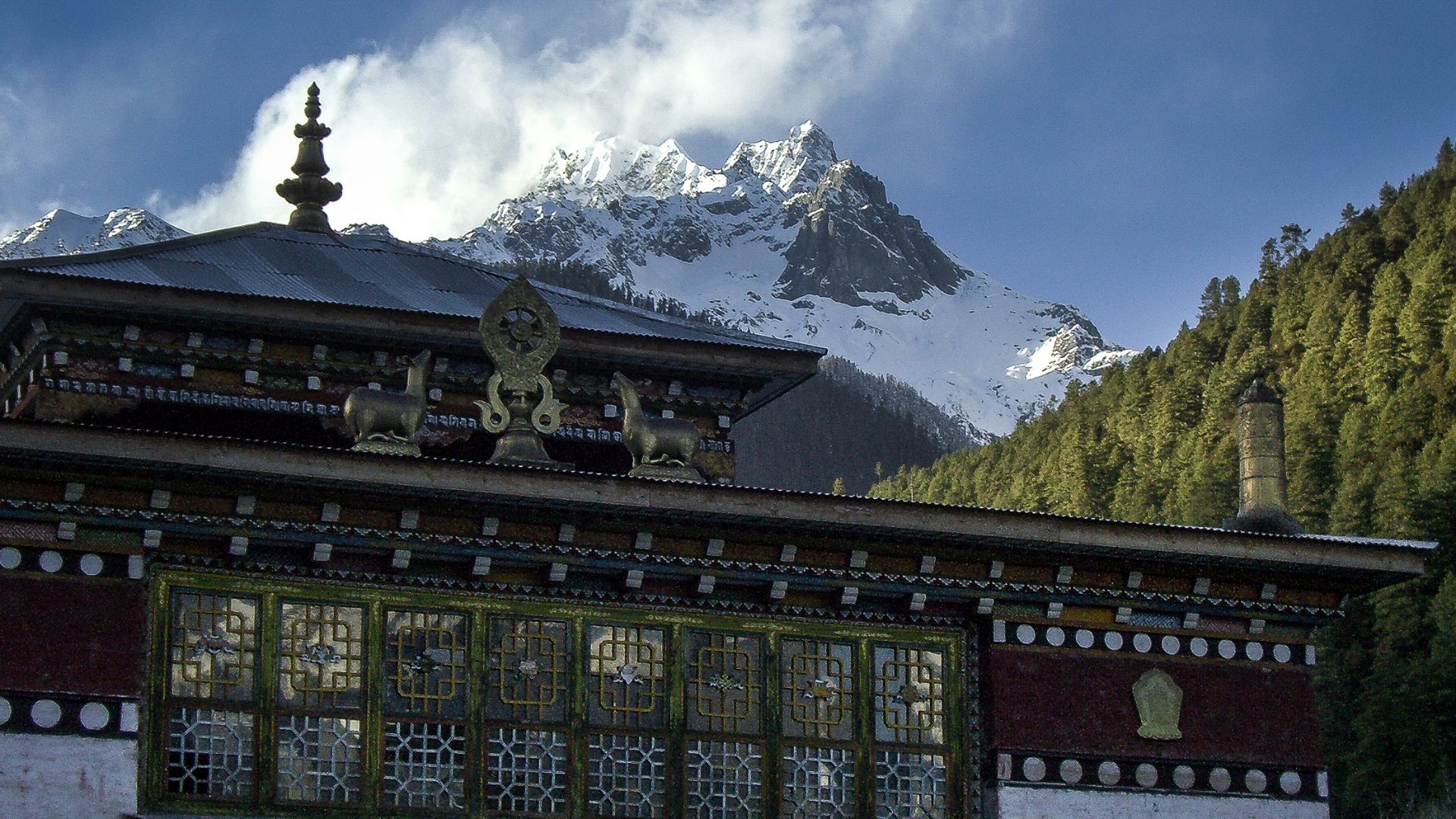 Matt Ming from Beijing, China, Wikimedia Commons
Matt Ming from Beijing, China, Wikimedia Commons
A Culture Born Of Mountains
The name “Sherpa” is derived from the Tibetan language, and amounts to calling them “people from the east”. However, their existence is truly characterized by their life in the mountains. Their entire culture is shaped around what it takes not just to thrive, but to survive in their chosen home.
 How are ancient Tibetan books and documents preserved?, Chinese Master
How are ancient Tibetan books and documents preserved?, Chinese Master
Living Where Oxygen Is Scarce
As noted by climbers, most people struggle to breathe at the high altitudes of the Himalayas. But the Sherpa people have adapted, both physically and culturally, to live and work in these extreme conditions. They are able to do things most people would find impossible at those heights.
 Vyacheslav Argenberg, Wikimedia Commons
Vyacheslav Argenberg, Wikimedia Commons
A Superhuman Gene
Scientists have discovered a specific gene that is common to the Sherpa people and seems to help them breathe better at higher altitudes, EPAS1. This gene is also referred to as the “super athlete gene”. Researchers continue to study how exactly it works.
 Jawahar Swaminathan and MSD staff at the European Bioinformatics Institute, Wikimedia Commons
Jawahar Swaminathan and MSD staff at the European Bioinformatics Institute, Wikimedia Commons
Where Mountains Are Sacred Beings
To the Sherpa people, the mountains are not just part of their topography. They consider them to be living gods. They call Everest Chomolungma, which translates to “Mother of the World”. Preparing to climb these mountains includes special rituals.
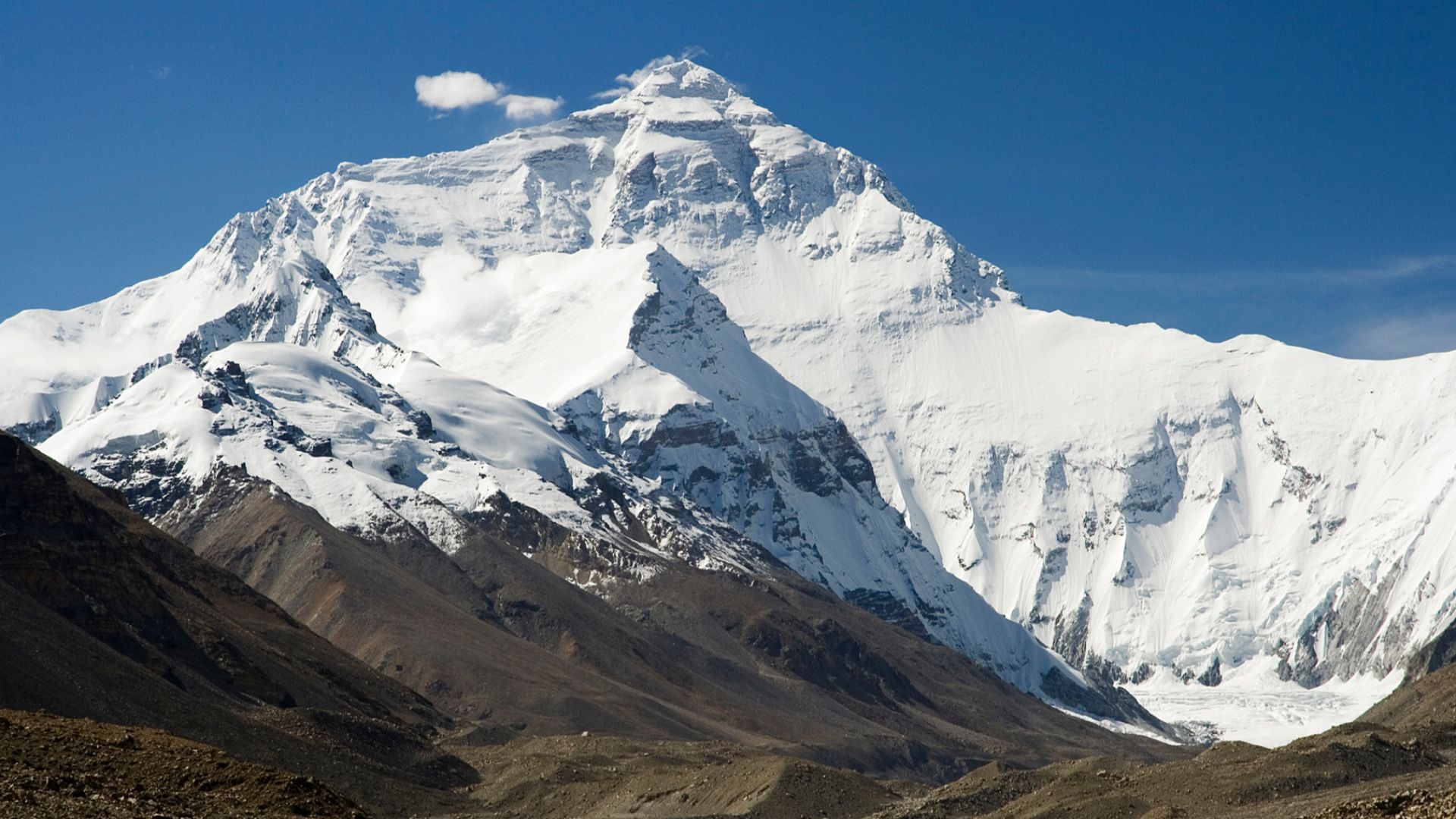 Luca Galuzzi (Lucag), Wikimedia Commons
Luca Galuzzi (Lucag), Wikimedia Commons
Every Village Has A Gompa
A gompa is a Sherpa monastery where prayers, teachings, and ceremonies take place. These religious centers are hubs of both spiritual and community life. Many Sherpas travel long distances to visit them during festivals.
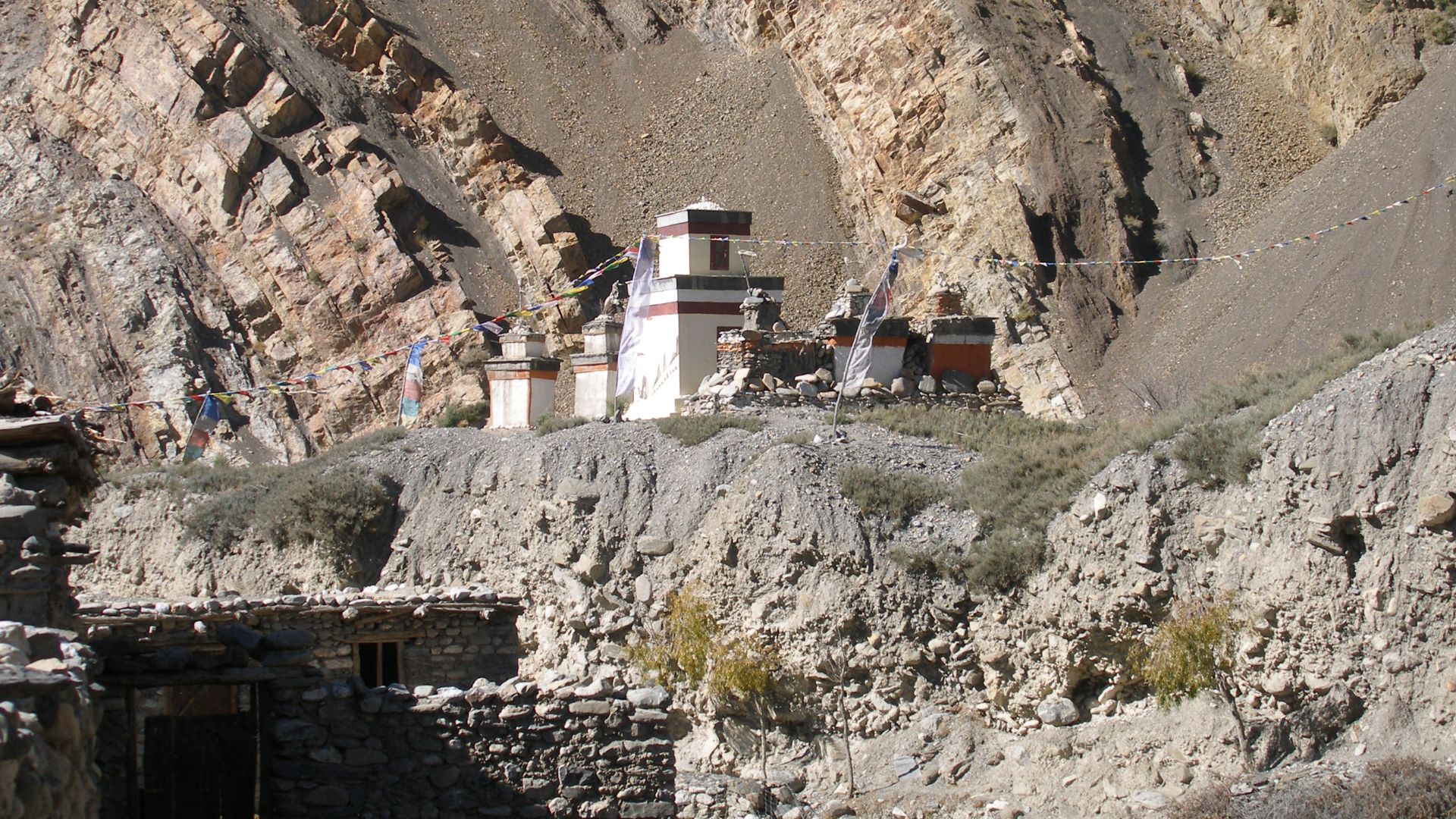 Vyacheslav Argenberg, Wikimedia Commons
Vyacheslav Argenberg, Wikimedia Commons
Tengboche: A Sacred Stronghold
Tengboche Monastery is one of the most important religious sites in Sherpa culture. It sits on a ridge with Everest in the background, surrounded by prayer flags and snow. Monks here follow a life of celibacy and devotion.
More Than Just Guides
The global image of the Sherpa is often limited to mountain climbing. But Sherpas are also farmers, yak herders, artisans, and shopkeepers. Their lives are rich with tradition beyond Everest.
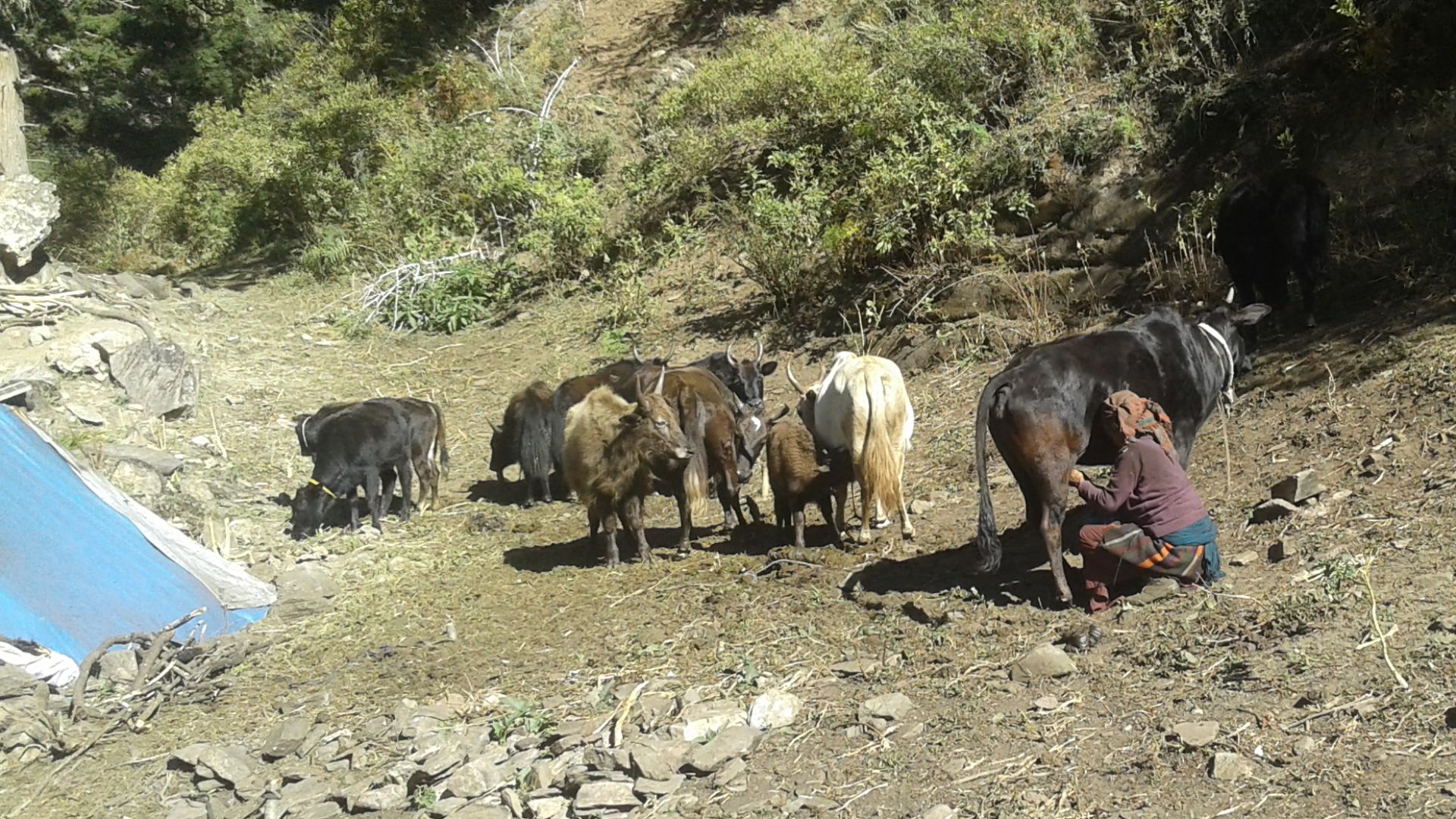 Outlaw Django, Wikimedia Commons
Outlaw Django, Wikimedia Commons
Clothing Fit For Snow And Stone
Sherpa men wear woolen robes called chuba, while women dress in layered gowns with colorful aprons. These outfits are made to withstand harsh winds and freezing temperatures. Clothing is both practical and symbolic.
Handmade Homes Of Stone And Spirit
Sherpa houses are built from stone, wood, and sometimes metal roofing. Each home is designed to hold heat and offer shelter for people, animals, and gods. Rooms are often passed down through generations, never sold.
Sacred Rituals Before Every Climb
Before every major ascent, Sherpas hold a puja—a spiritual offering to the mountain. It’s a gesture of respect meant to ensure safety on the journey ahead. Foreign climbers often attend, but few understand its depth.
 Everest 2022: Puja Ceremony, Hedayet Ali
Everest 2022: Puja Ceremony, Hedayet Ali
Sherpa Language: A Unique Tongue
Sherpa is a language of its own, separate from standard Tibetan. It combines dialects from eastern and central Tibet, with unique pronunciations. It’s still spoken at home and in daily village life.
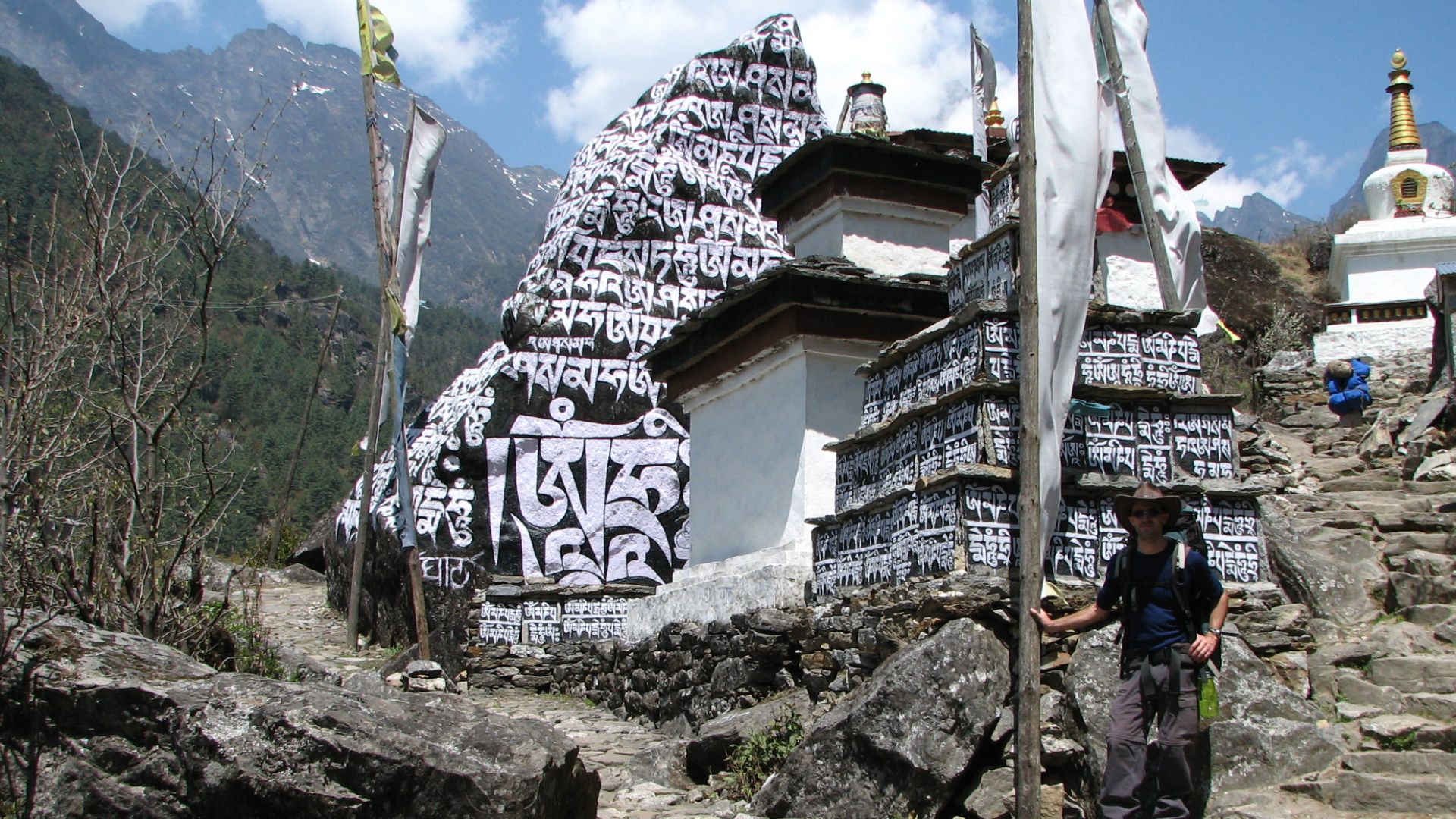 McKay Savage from London, UK, Wikimedia Commons
McKay Savage from London, UK, Wikimedia Commons
Tragedy On The Icefall
In 2014, an avalanche on Everest’s Khumbu Icefall took the lives of 16 Sherpas. They were carrying equipment for foreign climbers when a serac collapsed. The tragedy highlighted just how dangerous their work can be.
 The 2014 Mount Everest Disaster, The 2014 Mount Everest Disaster
The 2014 Mount Everest Disaster, The 2014 Mount Everest Disaster
Striking For Respect
After the avalanche, Sherpas demanded better pay, insurance, and safety standards. Many refused to continue guiding that season out of solidarity. Their strike brought Everest tourism to a halt.
 Nepalese sherpas threaten strike in wake of Everest avalanche tragedy, euronews
Nepalese sherpas threaten strike in wake of Everest avalanche tragedy, euronews
Carrying Everest On Their Backs
Sherpas cross the Khumbu Icefall up to 30 times per season. They carry tents, food, and gear to high-altitude camps so climbers can make their summit bids. The routes they carve are dangerous and always changing.
 Everest: The Icefall Doctor Official Trailer, Sean Burch
Everest: The Icefall Doctor Official Trailer, Sean Burch
The Fire Inside The Monasteries
Inside Sherpa monasteries, butter lamps glow and monks chant ancient scriptures. The scent of burning juniper fills the air during ceremonies. These sacred spaces are essential to both spiritual and social life.
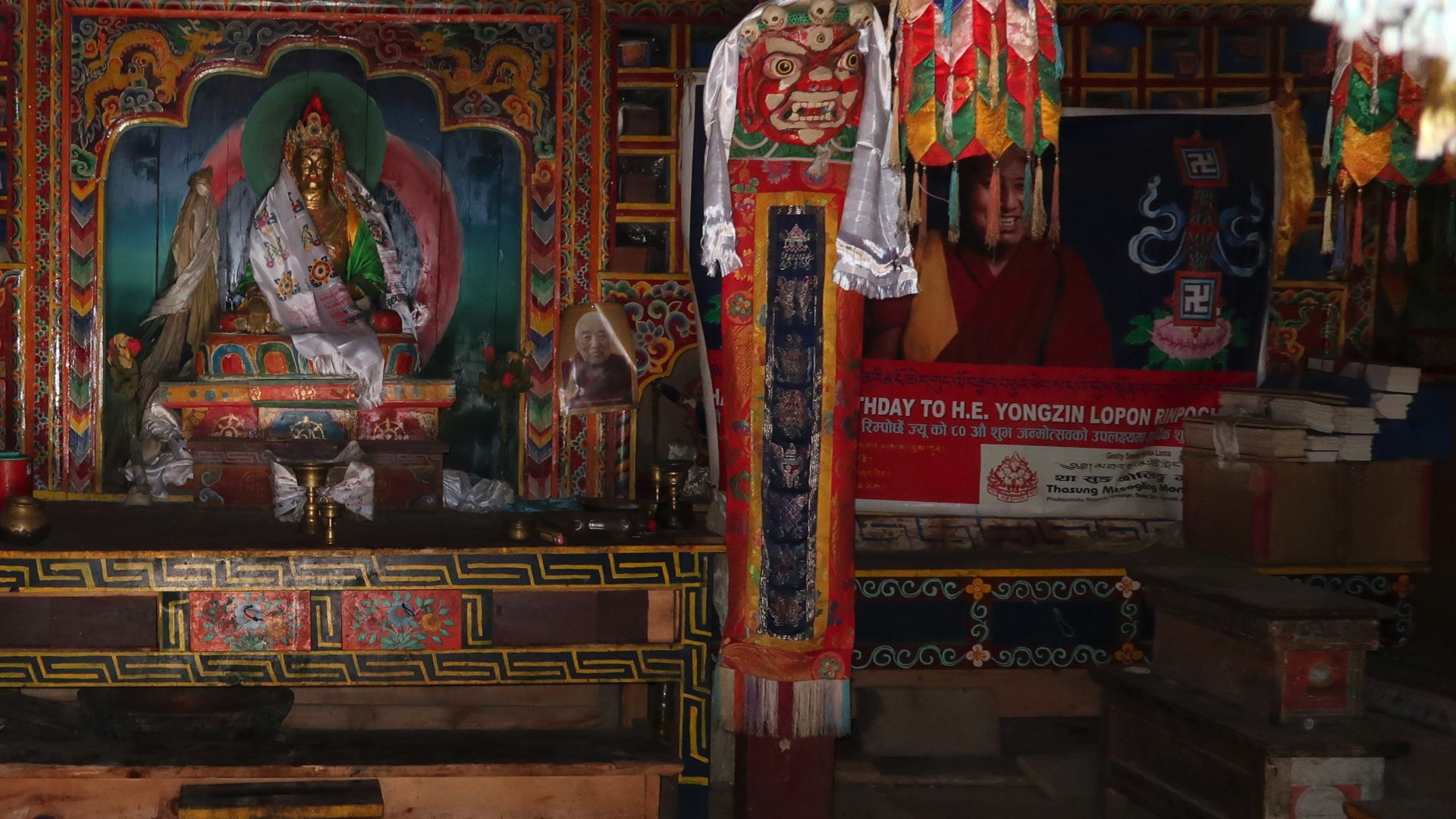 Rucksackschule-dresden, Wikimedia Commons
Rucksackschule-dresden, Wikimedia Commons
Mysticism Of The Nyingma Sect
The Sherpa follow the Nyingma school of Buddhism, known for its mysticism. This belief system blends ancient Buddhist teachings with elements of local shamanism. Deities, spirits, and hidden sacred lands are central to their worldview.
Firewood Is A Taboo
Cutting trees in Sagarmatha National Park is spiritually forbidden. Tourists who gather firewood unknowingly break Sherpa law. Protecting the land is seen as protecting the divine.
Sherpas Of New York
Thousands of Sherpas have migrated to Queens, New York, where they’ve built a tight-knit community. They maintain Buddhist temples and celebrate festivals just as they do in the Himalayas. The mountains may be far, but their culture remains close.
 NYC Sherpa tells us about the dangers of Everest - BBC News, BBC News
NYC Sherpa tells us about the dangers of Everest - BBC News, BBC News
Singing, Dancing, And Yangdzi
Sherpa gatherings are full of music, laughter, and drinks. The host throws the party to gain social favor, a custom known as yangdzi. Guests sing and dance late into the night.
 Sherpa traditional dance (syapru), YD Sherpa
Sherpa traditional dance (syapru), YD Sherpa
A Gift-Based Economy
Sherpa society thrives on mutual generosity. Hosting a feast is a major social investment that creates lasting goodwill. Help given is always expected to be returned.
A Lifetime On Everest
Some Sherpas have reached Everest’s summit more than 20 times. Their climbs support the ambitions of foreigners—but the risks are theirs alone. They are Everest’s unsung veterans.
Silent Guardians Of Sacred Peaks
Many Himalayan peaks are considered sacred and off-limits. Sherpas believe these mountains are homes to protective spirits. Climbing them is seen as unlawful, even if others are willing to try.
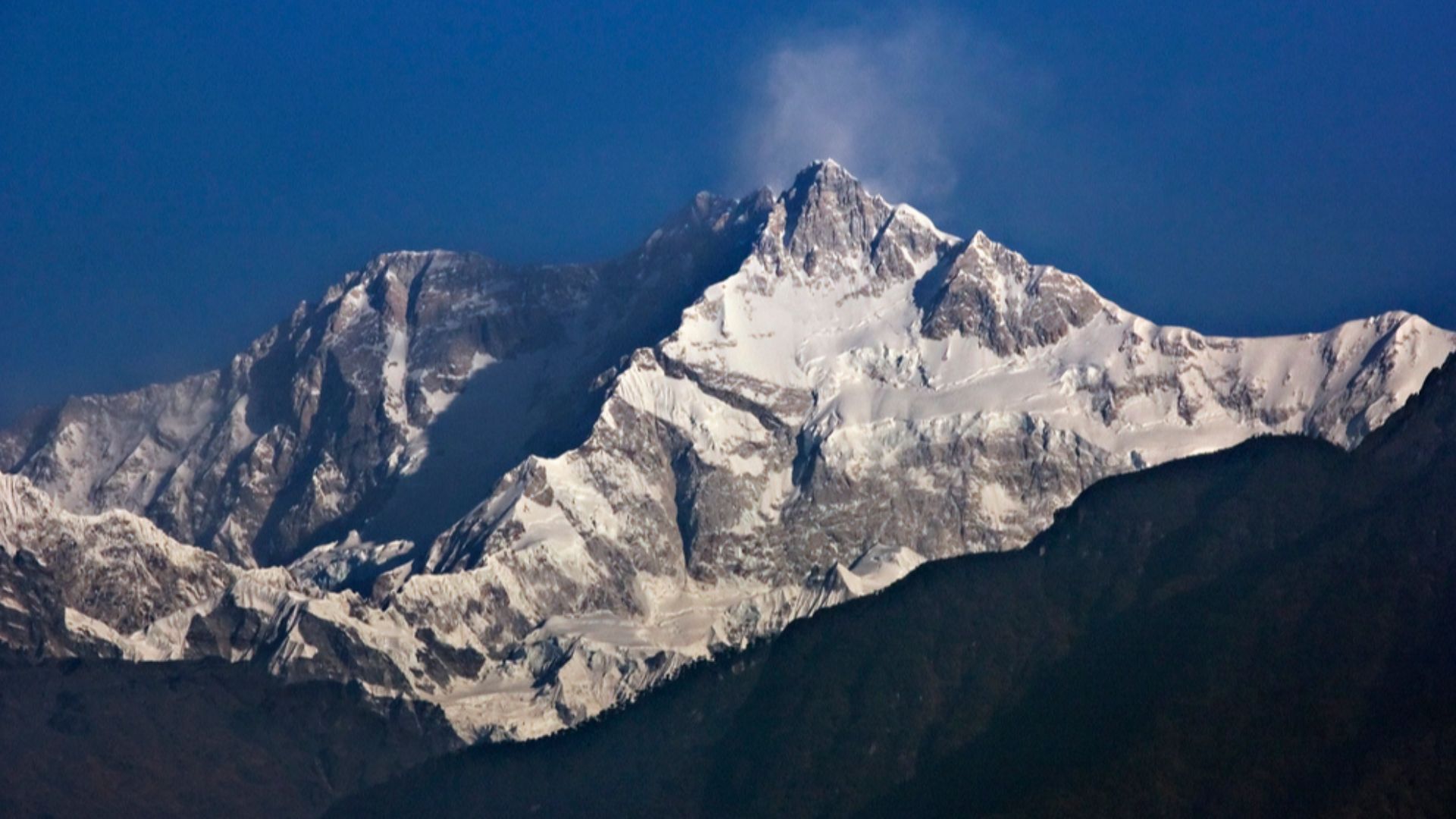 My Discovery, Wikimedia Commons
My Discovery, Wikimedia Commons
End Of Life Rituals
Funerals in Sherpa villages involve days of chanting, offerings, and sacred readings. The community gathers to guide the soul into the next life. It’s a deeply spiritual and communal farewell.
 Funeral Ceremony of Sherpa Culture, netra tamang
Funeral Ceremony of Sherpa Culture, netra tamang
A Culture Shaped By Wind And Snow
Sherpa life is a balance between survival and serenity. Harsh weather, thin air, and limited resources challenge them daily. Yet joy, resilience, and sacred purpose remain at the heart of it all.
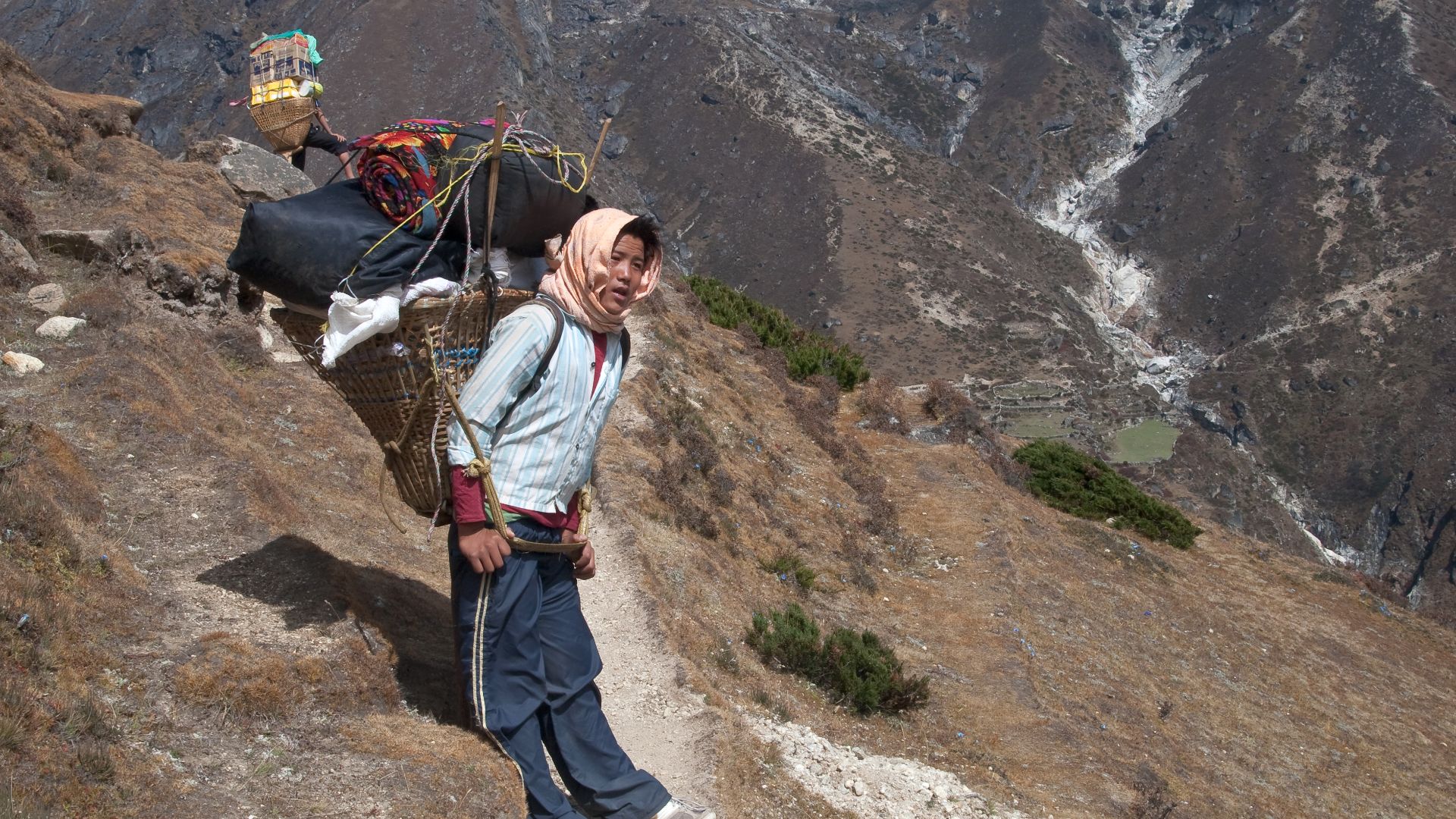 Vyacheslav Argenberg, Wikimedia Commons
Vyacheslav Argenberg, Wikimedia Commons
You May Also Like:
Photos Of The Isolated Duo Who Are The Last Of Their People
Source: 1

